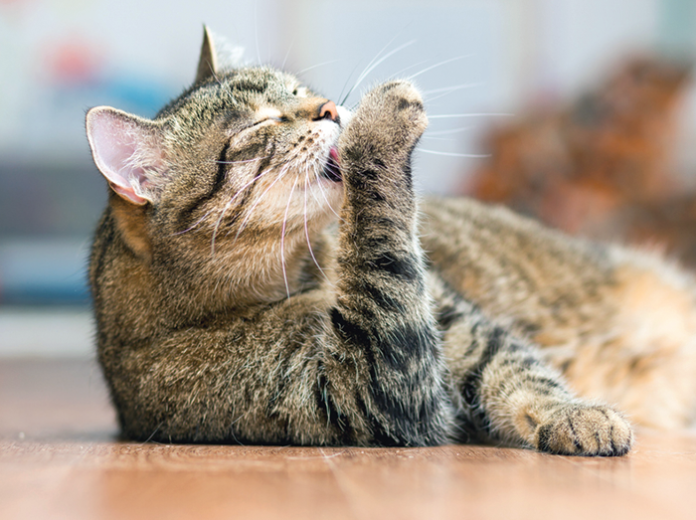Q. We have 11 special needs cats. One has obsessive compulsive disorder licking, hypersensitivity, and aggression. Our veterinarian prescribed neurotin, Prozac, and amitryptiline, but none of these seemed to work.
I am a registered nurse and would like to try Effexor (venlafaxine), but do not know if this will be helpful. This rescue cat is blind in one eye, and she attacks another cat that we have all the time. Our house is large and we have given each cat room to get away from each other. We have tried CBD and calming pheromones, and these did not work.
Do you have any thoughts about trying this drug?
A. Thanks for getting in touch, and for your wonderful care and concern for these special kitties. I’m very sorry to hear that you are having this problem, as I know that addressing these types of behavioral issues can be challenging.
The first thing to point out is that our knowledge of the use of drugs to modify feline behavior (psychopharmacology) is in its infancy. There are, in fact, no FDA-approved behavioral drugs for use in cats. While some studies describing the effects of various compounds (i.e. dexmedetomidine, trazadone, gabapentin, and venlafaxine) on feline behavior have been published, these generally involve small numbers of cats, and, in many cases, these effects have been investigated with a focus on minimizing stress in the veterinary environment rather than on behaviors such as aggression and obsessive disorders.
This does not mean that some of these drugs may not ultimately be proven beneficial for the application you are referring to, but rather that in trying to determine the risk versus the benefit of using such drugs for these purposes, we still need more information to be sure.
Extra-label use of drugs refers to the use of drugs in a manner that is not in accordance with label directions, and since no drugs have been approved for such use, the use of any drugs as psychopharmacologic agents would be, by definition, extra-label use. It’s important to understand that extra-label use may be appropriate (this is not uncommon in veterinary medicine), but also that owners should understand the inherent risks in this type of application.
With respect to the use of venlafaxine in cats, we don’t have much information about how it is absorbed or eliminated when orally administered to cats, but a published study that reviewed the use of this drug to address periuria (urinating in places other than the litterbox) in 13 cats showed that 11 of them responded favorably, with four of these ultimately relapsing. Side effects reported in this retrospective study included decreased appetite, increased anxiety, and sedation.
If you haven’t done so already, consultation with a veterinary behaviorist would be a good idea. Board-certified veterinarian behaviorists are best equipped to provide recommendation in feline behavior cases. In some cases, behavioral modification may be sufficient to address feline behavior problems, but in some, the combination of behavioral modification and the use of psychopharmacologic drugs is necessary.
I hope that this is helpful. Best of luck, and please drop us a line with an update when you can. Again, thanks so much for your obvious love of and concern for your special kitties.
All my best,
Elizabeth




